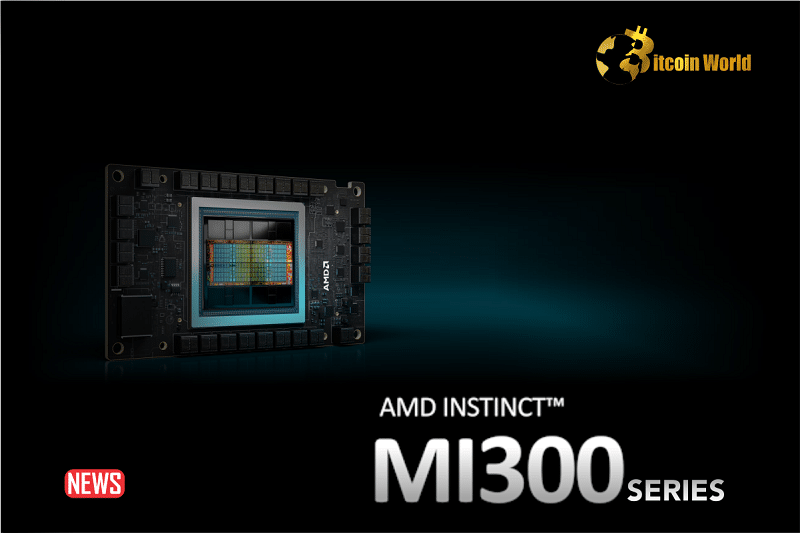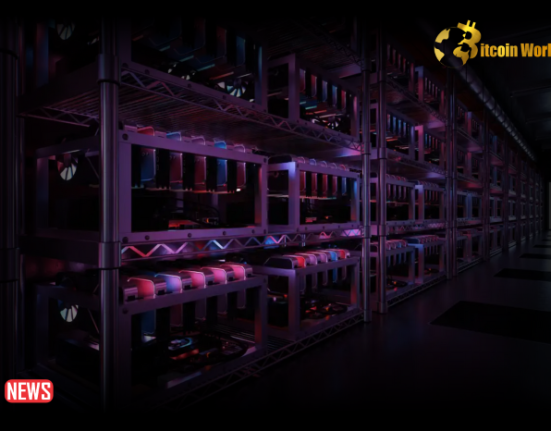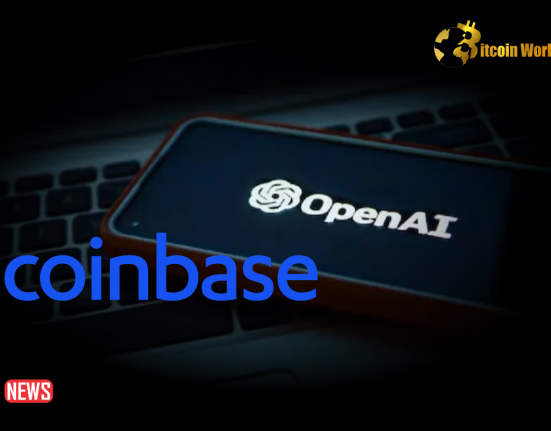- AMD launches MI300X AI accelerator packs a performance punch.
- AMD’s ROCm platform counters Nvidia’s software stronghold.
- Microsoft, Meta, Oracle opt for AMD AI chips.
Advanced Micro Devices (AMD) has officially entered the race to challenge Nvidia’s dominance in the artificial intelligence (AI) accelerator market with the launch of its Instinct MI300 Series accelerators.
Today, we're excited to launch the AMD Instinct MI300X, the highest-performance accelerator in the world for generative AI. pic.twitter.com/Z4Kk9WRqh6
— AMD (@AMD) December 6, 2023
This move is expected to ignite a fierce competition between the two tech giants in a market that AMD predicts will reach $45 billion in 2023 and soar to $400 billion by 2027.
With the goal of selling more than $2 billion worth of AI chips in 2024, AMD is gearing up for an aggressive push into the AI space.
See Also: Pudgy Penguins Announces ‘Pudgy World’ Web3 Game On zkSync Blockchain
A Leap In Performance With The MI300X
AMD is introducing two AI accelerator products, with the MI300X positioned as the primary contender against Nvidia’s H100.
One of the standout features of the MI300X is its impressive 192GB of high-bandwidth memory, which is more than twice the memory capacity of Nvidia’s H100.
This substantial memory advantage could be pivotal, especially for applications involving large language models (LLMs) that demand extensive memory resources.
Compared to Nvidia’s H100, AMD is making bold claims about the MI300X’s performance.
It is reported to deliver 1.6 times the performance when running inference on specific LLMs, citing the BLOOM 176B model as an example.
Another noteworthy feature is the MI300X’s ability to handle inference on a 70 billion parameter model, a capability not found in Nvidia’s current product lineup.
See Also: Grok AI Chatbot Is Officially Launched On Platform X
Introducing The MI300A With Zen 4 CPU cores
While the MI300X stands as the high-end option, AMD also brings the MI300A to the table, which offers a different value proposition.
The MI300A may have fewer GPU cores and less memory than the MI300X, but it boasts AMD’s latest Zen 4 CPU cores. This configuration positions the MI300A to cater to the high-performance computing market, with a strong focus on efficiency.
AMD claims that the MI300A delivers 1.9 times the performance per watt compared to its previous-generation MI250X.
One significant advantage that Nvidia holds in the data-center GPU market is its software ecosystem.
Nvidia’s CUDA platform, established over 16 years ago, has become the industry standard for harnessing GPUs for computation tasks.
The challenge for competitors like AMD is that CUDA exclusively supports Nvidia GPUs, making it difficult for customers to switch to alternative AI chip vendors seamlessly.
In response, AMD offers ROCm, an open GPU computing platform now in its sixth iteration. ROCm supports popular AI frameworks such as TensorFlow and PyTorch, and AMD has expanded its ecosystem through strategic partnerships and acquisitions.
Notably, AMD acquired open-source AI software company Nod.ai to bolster its software capabilities and close the gap with Nvidia.
Key Partnerships And Customer Adoption
While Nvidia maintains its software advantage, AMD has already secured notable customers for its new AI chips.
Microsoft and Meta Platforms (formerly Facebook) have committed to adopting AMD’s technology.
“We’ve partnered not just across product generations but across multiple computing platforms, and we couldn’t be more excited for our collaboration with AMD to continue in the era of AI with the MI300X.” – @Microsoft CTO @kevin_scott pic.twitter.com/kXQpIgUICe
— AMD (@AMD) December 6, 2023
Microsoft is set to launch a new virtual server series on Azure powered by the MI300X, while Meta Platforms plans to utilize the MI300X for various AI inference workloads.
Additionally, Oracle will offer bare metal instances featuring MI300X chips, and major hardware manufacturers like Dell, Hewlett-Packard Enterprise, Lenovo, and Supermicro are planning systems built around AMD’s new AI products.
AMD is poised to meet the surging demand for AI accelerators in the short term. However, the long-term evolution of this market remains uncertain.
AI continues to be a fundamental technology, but as competition intensifies and more viable options beyond Nvidia become available, pricing pressures could emerge.














